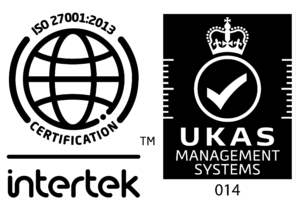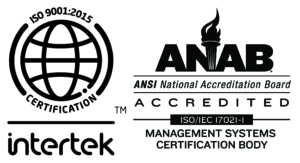Maintaining a Proper Filter on Your Equipment
Maintaining a proper filter on your equipment is crucial to ensuring its optimal performance. Without a filter, your equipment can become clogged, which may lead to decreased efficiency or even equipment failure. That’s why many machines, like the phx42, are equipped with a filter detection system to inform you if you are attempting to operate without a filter. In this blog post, we’ll discuss how to calibrate your filter detection value and respond to failed calibrations.
Calibrating Your Filter Detection Value
To calibrate your filter detection value, run a self-check through the phxApp and follow the prompts using a .22-micron filter (LDAR#4236). This will set your filter detection value to the proper pressure level. You should recalibrate your filter detection value under the following conditions:
- If you see the error: “Feels like you just removed my filter. Please give me a fresh filter so we can get back to work.”
- If you notice the pump does not turn off when replacing the filter throughout the day.
- At a minimum, once per month if you routinely use Cal5.0 for daily calibrations.
Responding to a Failed Filter Calibration
If you are unable to calibrate your filter, do a probe integrity inspection. This inspection will ensure that your probe is working correctly and that there are no issues with your equipment that may be causing the failed calibration. To do a probe integrity inspection, follow these steps:
- Connect the probe to the SpanBox calibration harness and ignite the phx42.
- Apply zero gas.
- Use one freshly opened alcohol-based lens-cleaning wipe per probe.
- Run the wipe along the length of the probe hose and at the probe joints while watching the device connected to the phx42.
- If there is a leak, it will be drawn through the breach, into the phx42 and will register a PPM reading within seconds.
- If you detect a PPM deflection of >2PPM, report an issue.
Since a probe integrity inspection is required to identify small leaks missed during the probe block step of the self-check, it’s best practice to conduct a probe integrity inspection every week and/or anytime you have a drift failure. This test should be performed with the filter and probe tip in place.
It’s important to note that the length of time the phx42 will take to register a deflection will correspond to the response time of the machine. If inspecting an extension probe, you must slow down to accommodate the extended response time (minimum of 1 second per foot of probe tubing +5 seconds).
Conclusion
Calibrating your filter detection value and conducting routine probe integrity inspections are simple and effective ways to ensure that your equipment is running at its best. By following these steps, you can be sure that your filter detection system is set to the correct pressure level, and you can respond quickly if there are any issues with your equipment. Properly maintaining your equipment is essential to ensuring its optimal performance and lifespan, so be sure to keep up with routine maintenance and calibrations.





